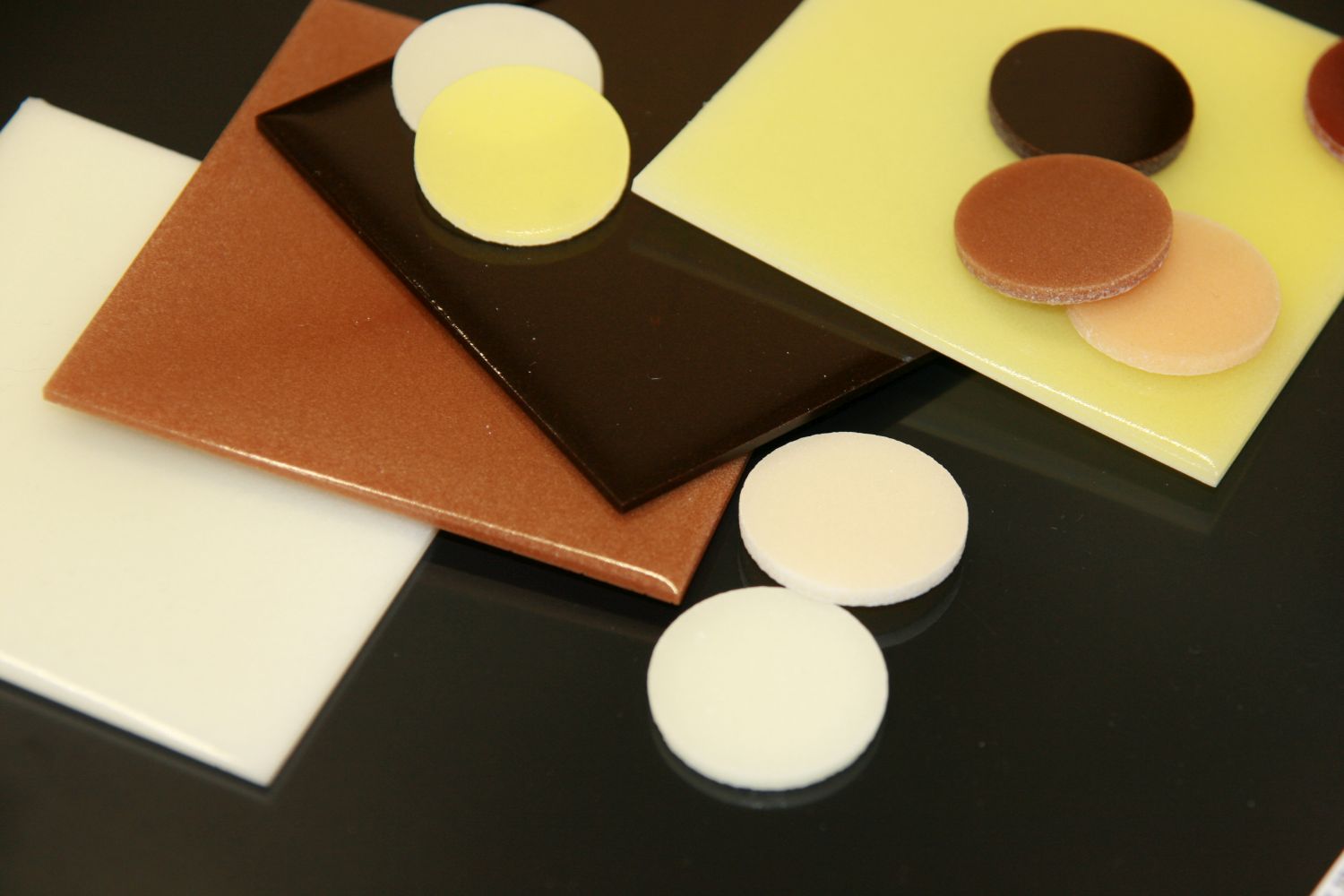For a natural hold: Fraunhofer researchers develop adhesive system from biomaterials
Materials made from two or more bonded materials are called composite materials, in which the individual material components are bonded with adhesive systems. So far, adhesives based on crude oil have been used.
Natural materials such as wood and cork are also currently bonded using crude oil-based adhesive systems. Artificial chemicals are also used to protect the natural materials against microbial infestation or fire loads. These minimize ecological potential and thus the market opportunities of wood and cork products, for instance.
In the project »Biocides and fire-inhibiting strengthening of biogenic adhesive systems with natural filling and functional materials – BEKs«, which runs from July 1, 2016, to June 30, 2019, a biogenic adhesive system is being developed sustainably using nature-based epoxy resin matrices and effective crosslinkers.
In close collaboration between the Fraunhofer Center for Chemical-Biotechnological Processes CBP Leuna and the Fraunhofer Institute for Microstructure of Materials and Systems IMWS Halle (Saale), a requirements catalog is being developed to produce an optimum adhesive formula from biomaterials. Investigations into the material behavior must be performed as part of this. »By developing products made from innovative, sustainable adhesive systems, a market that is as wide as possible should be tapped into, as the effective use of natural resources is developing into an important purchase criterion within the end consumer market,« says Nicole Eversmann, project manager at Fraunhofer IWMS.
The starting point is an adhesive system made from epoxidized tall oil or linseed oil to adhere or bond natural materials such as wood, bark, and mineral fillers. The interaction of epoxy (resin), dicarboxylic acid, and anhydrides (hardness mixtures) should be investigated and optimized, and applied to adhesive systems. The aim of the project is to provide biogenic adhesive formulations that have antimicrobial and flame-retardant properties due to the addition of additives that also have a biogenic basis. The biogenic additives – preferably substances that are not harmful to health – should be bonded to the adhesive with the highest level of surface efficiency and with as few emissions as possible.
What natural additives in epoxidized vegetable oils can be used to protect against bacteria, algae, and fungi is being tested in detail as part of the project. These biocide functional materials can be components of natural oils, wood, and bark, or extracts of fruit seeds and flowers. Chemical bonding sites are also created for the biocide natural substances, so that they at least in part form a strong network with epoxidized tall oil or linseed oil.
The aim is also a flame-retardant effect, which should be achieved with biogenic fillers. The adhered bonding sites in the composite materials can also represent fire barriers in the case of thin ply laminates.
Using adhesive systems based on renewable raw materials creates a new product class for which a material system optimally designed for the respective application scenario can be achieved by combining with measurements at a component level. The knowledge acquired in the project can be used in other product developments and transferred to the market.


